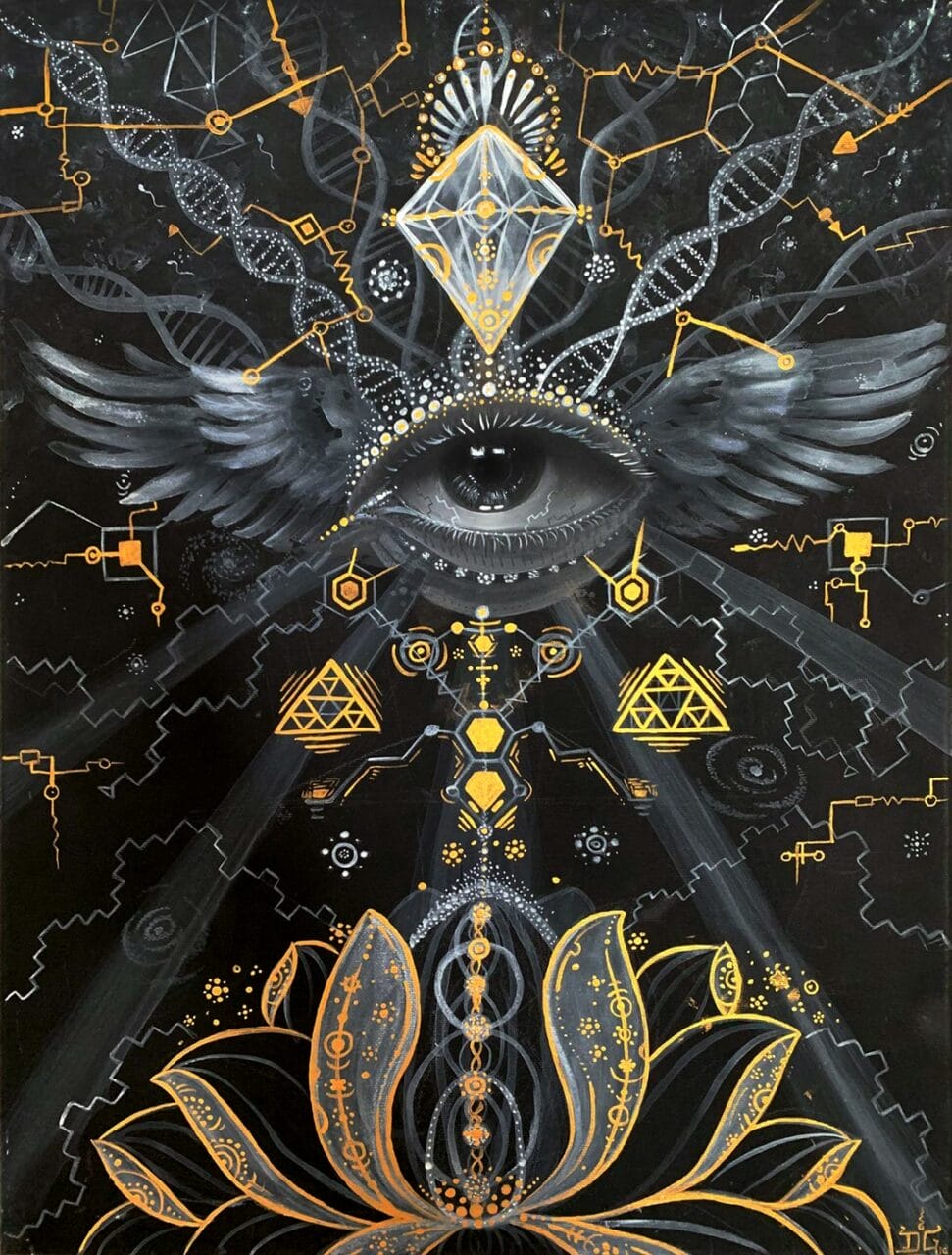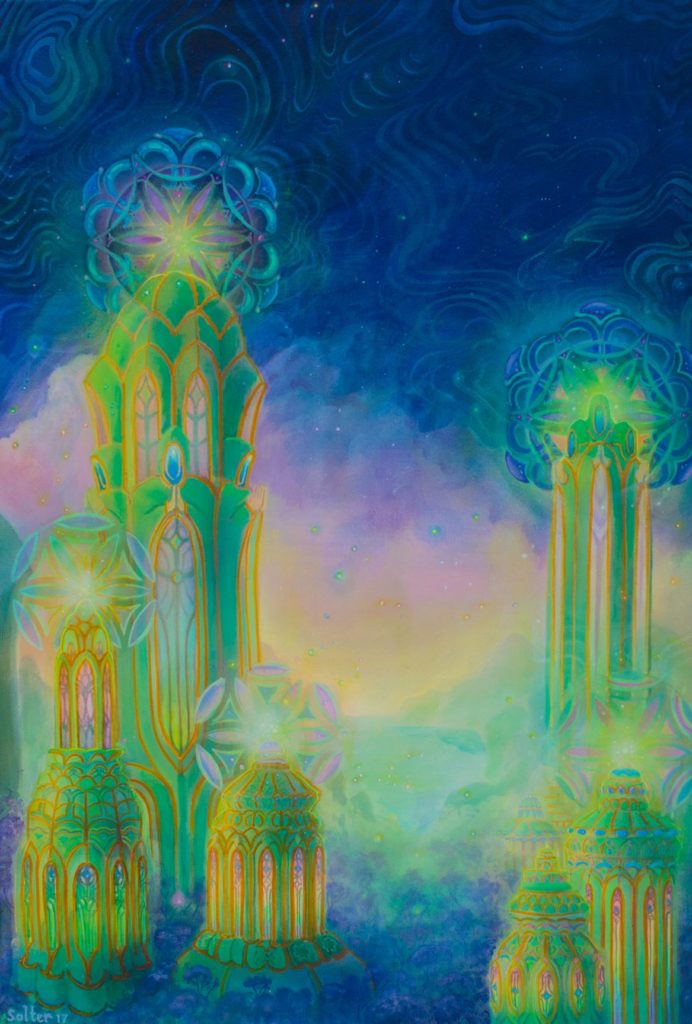
© Uni Kaya
The Historical Records of Shrooms
Records show that the presence of Shrooms can be traced back to 9000 BC. These unique mushrooms, boasting over 200 species, contain psilocybin, a substance that triggers hallucinogenic effects. These effects can include changes in perception, visual and auditory hallucinations, and profound spiritual experiences. For thousands of years, these mushrooms have been leveraged in spiritual ceremonies, rituals, and practices across numerous cultures and tribes, predominantly in North and South America.
Shrooms in Ancient History
Over time, many cultures have utilized natural psychedelics. Evidence found in the Sahara Desert suggests that humans were using Psilocybe Cubensis over 7000 years ago. Archaeological findings reveal the depiction of this mind-altering substance in prehistoric art across various geographical locations. For instance, the indigenous tribes of North Africa in the Sahara showcased its use in their paintings dating back to around 9000 BC. In the same vein, the renowned Selva Pascuala mural rock painting in Spain, approximately 6000 years old, points to the use of Psilocybe Hispanica in religious rituals. The influence of these substances on our cultural evolution, religion, art, societal norms, and daily life continues to be more apparent. There is no doubt that this substance has left a deep mark on our culture and society.
A Historical Overview of Magic Shrooms Usage
Historically,magic Shrooms have been used for a long duration. The psychoactive substance that we know today has crossed multiple eras, with different practices surrounding its usage. Who wouldn’t want to tap into nature’s gifts? Now is the perfect time for Deadhead Chemist Canada to delve into the historical path that led Shrooms to its current state.
Major Highlights
- For years, dried Shrooms have been employed in traditional rituals and spiritual healing. Today, it’s used as a treatment for mental health conditions.
- Shrooms became a hallmark of the hippie culture and played a significant role in the psychedelic revolution, encouraging its recreational use.
- Notable figures such as Wasson, Sabina, and McKenna introduced psilocybin to the contemporary world.

© Jonathan Solter
Endorsing the Stoned Ape Theory
The Stoned Ape Hypothesis was proposed by Terence McKenna, who theorized that psilocybin might have contributed significantly to the evolution of humans, particularly in cognitive development. While there are critics of this theory, its compelling aspects are undeniable.
Ancient Cultures and Sacred Ceremonies
Historically, societies symbolized cubes through artwork, symbols, and statues, indicating the ceremonial use of Shrooms. The Mayans and Aztecs used it as a medium to communicate with supernatural beings, including gods. In the culturally rich Aztec society, it was referred to as “teonanácatl“, meaning “flesh of the gods”. The concept of a psychedelic experience was unfamiliar to them, leading to its interpretation as a divine entity. Moving north to Siberia, hallucinogenic Shrooms were employed by Siberian shamans for spiritual healing and traditional customs, despite its toxicity. They specifically used a hallucinogenic substance (Shrooms) known as “Amanita Muscaria”. This practice can be traced back to almost ten thousand years ago. In African tribal rituals, especially among the tribes of Congo and Zimbabwe, cubes were utilized to communicate with ancestors, provoke visions, and promote spiritual healing. These historical societies have contributed to the contemporary context of psilocybin usage. The reverence for this substance in these cultures originated from its divine connotations and its ability to induce mystical experiences.
Shrooms in Legends and Folktales
Numerous accounts, including those by Gordon Wasson, highlight the connection between Shrooms and the mystical world, emphasizing its role in folklore and mythology as a medium for divine communication and enlightenment. In ancient India, the Soma—a ritualistic drink mentioned in the Vedas—was believed to trigger altered states of consciousness. Scholars including Wasson suggest that it might have been made from psychoactive plants, specifically fly agaric. Some even speculate that this ancient drink could have included a mix of various plants. Regardless of its origins, the psychedelic history indicates that Soma facilitated the revelation of sacred symbols during rituals, symbolizing a passage to higher wisdom or spiritual enlightenment.
The Contemporary Era
A Review of the
Origins
Historical documents from the pre-Columbian period indicate that psilocybin Shrooms was utilized by the Mayans and Aztecs. The Spanish rulers in the 15th and 16th centuries condemned its usage as uncivilized and subsequently outlawed it. Despite this ban, shamans covertly continued to ingest the enchanting Shrooms, thereby maintaining their cultural practices for over 400 years.
The Western World’s Rediscovery
The 1950s saw a revival of these substances in the Western world, credited to the groundbreaking work of people like R. Gordon Wasson, Roger Heim, and Albert Hofmann. During a visit to Mexico, they successfully isolated the two psychedelic components (psilocybin and psilocin) present in the Shrooms obtained from the Mazatec tribe. Wasson then broadcasted his expeditions, usage, and insights about the magical Shrooms in Life magazine. His articles and personal narratives resulted in the substance being recognized as a potent hallucinogen. By the arrival of the 1960s, the substance had turned into a symbol of the Hippie culture and was perceived as a portal to mystical experiences. However, its usage also sparked considerable dispute and instigated a revolution in the recreational consumption of hallucinogenic substances.
Continued Evolution: Worldwide Prohibition
In 1971, the United Nations Convention on Psychotropic Substances classified psilocybin as a Schedule 1 illegal drug, alongside Lysergic Acid Diethylamide and N, N-Dimethyltryptamine. They were all considered to have no therapeutic value and a high risk of misuse. This resulted in extensive criminalization in Western nations, including Canada and the U.S., severely limiting the spiritual and therapeutic utilization of the substance.
The Modern Renewal of Psilocybin
In recent years, there has been a softening of the strict regulations surrounding the usage of psilocybin, commencing with its decriminalization. This shift is in line with the UN’s provision allowing treaty member countries to control the substance as they see fit. Simultaneously, a growing body of research and clinical trials related to psychedelics and consciousness robustly endorses possible medicinal uses of psilocybin. A 2021 study investigating the therapeutic utility of psychedelics suggests that the 1970 prohibition considerably hindered further research. However, a preliminary study in 2004 revived interest in psilocybin, suggesting potential uses in neuropsychiatry, particularly for addressing mental health ailments such as:
- Depression, Anxiety, and Stress
- Post-traumatic Stress Disorder (PTSD)
- Obsessive-compulsive Disorder (OCD)
- Drug Abuse (Aiding in Addiction Recovery)
- Excessive Consumption of Alcohol and Drugs)
Media and Art’s Influence
The topic of psychedelic cubes has permeated various forms of media, from digital platforms to artwork, and literature, sparking renewed interest and dialogue within the community. Film contributions like “Fantastic Fungi” by Director Louie Schwartzberg, alongside documentaries exploring their therapeutic effects, have enriched public understanding of their mental and physical influence. Michael Pollan, the author of “How to Change Your Mind,” delved into the use of psychedelics for mental health and spiritual development, encouraging a resurgence in their societal and medicinal relevance.
Historical Figures who Advocated for Fungi
- María Sabina: María Sabina, a Mazatec shaman and poet from Mexico, contributed to the introduction of cubes to the Western world by allowing Wasson to observe her Shrooms rituals.
- Gordon Wasson: Known as a writer, Wasson gained recognition for bringing the psychedelic cube to global notice. His detailed narrations of his experiences with Sabina broadened the comprehension of its local uses.
- Terence McKenna: A leading advocate for psychedelics, McKenna underscored their cultural and philosophical significance. He popularized the “Stoned Ape” theory, framing it as a cognitive enhancement tool that shaped society, through his speeches, writings, and research.
A Brief Overview of the Timeline
with TRD.
| Prehistoric | Stone art discovered in the Sahara, Africa, suggests prehistoric use |
| Ancient | Maya and Aztec civilizations incorporated teonanácatl into their religious and spiritual practices. |
| 16th Century | Usage was discouraged due to its association with Indigenous beliefs |
| 18th Century | The intoxicating effects of the substance were discovered in 1799 when four children accidentally ingested Psilocybe Semilanceata, highlighting the potential risks. |
| 20th Century | Wasson and Sabina introduced the substance to the Western world, sparking the psychedelic revolution among the hippies. The UN legalized its possession and use. |
| 21st Century | Ongoing clinical studies aim to validate its medicinal potential. |
The Emergence of the Psychedelic Era and the Path Beyond Redemption | Purchase Shrooms Online at Deadhead Chemist Canada
Deadhead Chemist Canada promotes the regular usage of cubes, backed by robust scientific research, and anticipates their growth until they achieve worldwide acceptance. Deadhead Chemist Canada’s online Shrooms store is prepared to facilitate this transition. Our extensive assortment of products attracts customers, encouraging them to embark on the mystical and therapeutic journey of psilocybin. Secure your preferred items from Zoomies today.
Commonly Asked Questions
No, Amanita Muscaria does not possess the active ingredients present in Psilocybe Cubensis. Rather, the psychoactive substances present in fly agaric are muscimol and ibotenic acid. A widespread theory about Soma’s origin proposes it was a mixture of various psychoactive plants. In a similar vein, ayahuasca is a drink that alters consciousness. However, the only link between the two is the view of soma as an ayahuasca analogue. It was subject to research for possible Shrooms poisoning after being classified as a toxic Shrooms. Today, it is recognized as the Psilocybe Mexicana.

